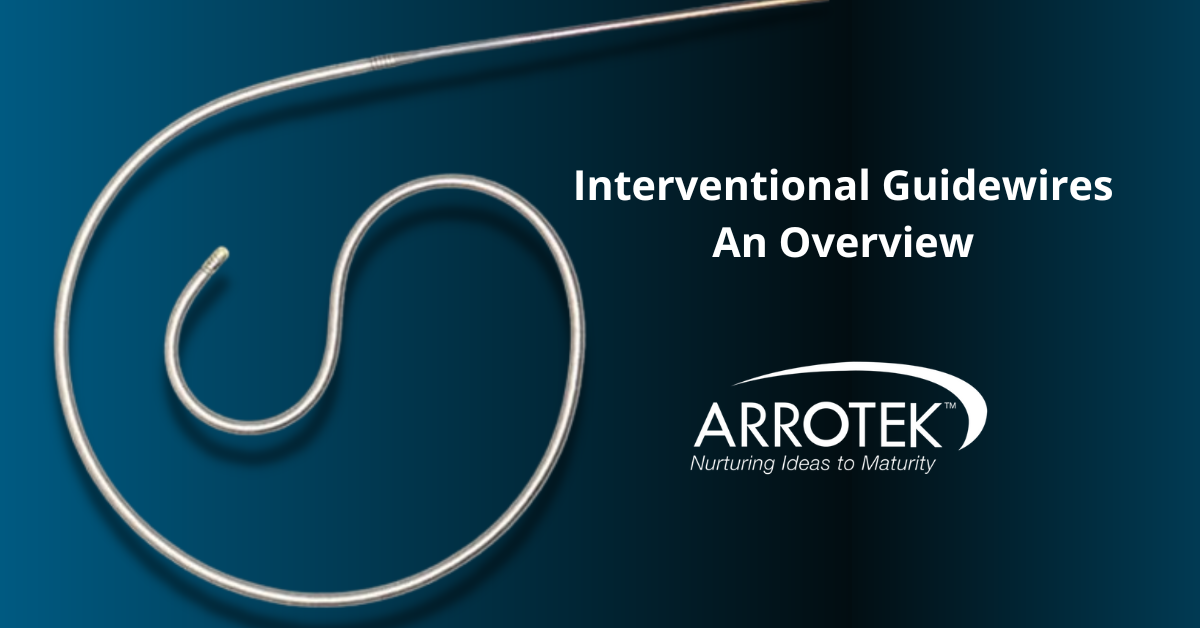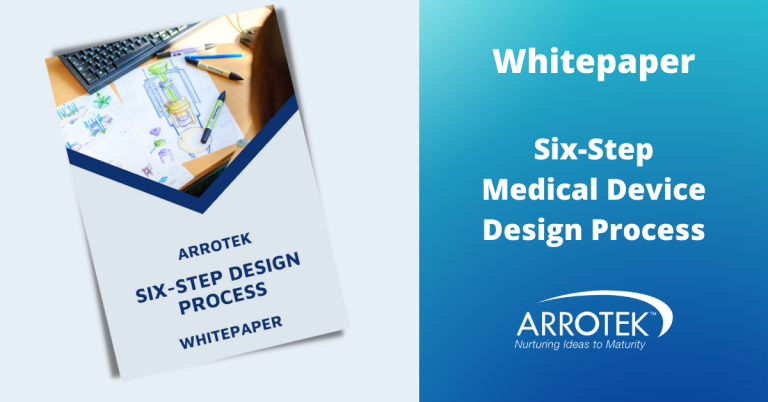Since their introduction in the early 1980s, interventional guidewires have transformed medical procedures beyond recognition. This, in turn, has transformed patient outcomes, highlighting the importance of innovative interventional guidewire design.
Those first devices were basic compared to today’s sophisticated interventional guidewires, but they were pioneering. That said, technologies and innovations in the field of interventional guidewires continue to advance at an exciting and rapid pace.
As a result, outcomes for patients continue to improve, more advanced procedures are becoming possible, procedure times are being reduced, and the risks associated with complex medical interventions are continually being mitigated.
The Importance of Interventional Guidewires
Interventional guidewires are an essential component of many catheters as well as other types of interventional medical devices. This means they are crucial to achieving success in a range of complex medical procedures, including coronary and peripheral vasculature procedures.
The function of interventional guidewires varies depending on the application, but they include the placement of balloons and stents, in addition to the placement of other types of catheters or interventional devices, other therapeutic devices, and diagnostic devices.
Balancing Performance Characteristics in Interventional Guidewires Design
Interventional guidewires can be designed to deliver a range of performance characteristics. However, the aim is not to optimise everything, as that is not possible.
In reality, there are typically two main categories of interventional guidewire:
- Workhorse guidewires suitable for a range of applications
- Specialised interventional guidewires designed for specific and often highly complex procedures
When developing innovative medical devices that require specialised interventional guidewires, expert designers will seek to achieve the ideal balance between the required performance characteristics for the intended use application.
For example, interventional guidewires designed for highly stenosed lesions will require very different performance characteristics to a device for moderately complex lesions with visible channels.
The Main Performance Requirements of Innovative Interventional Guidewires
Tactile feedback
From an operator’s point of view, tactile feedback is a crucial performance requirement of all interventional guidewires. Physicians often have a level of visibility when completing a procedure because of radiopaque markings on the wire. However, they also need subtle and detailed tactile responses from the wire as they progress it through the patient’s body.
This requirement for tactile feedback is particularly important when navigating past lesions and other obstructions. Operators need to successfully pass – or cross – these obstructions with as little delay as possible and without negative outcomes, such as the perforation of a vessel wall.
Good Balance of Support and Flexibility
Flexibility is a key requirement for interventional guidewires for a range of reasons, but the main reason is to help the operator navigate the wire to the target location in the body.
Once at this target location, the guidewire then needs to be capable of supporting the delivery of the device, ideally without wire exchanges or the addition of buddy wires.
Therefore, achieving a balance of flexibility and supportability is essential in most interventional guidewire design projects.
Tortuous Anatomy Navigation
The ability to navigate through tortuous vasculatures is also a common performance requirement of interventional guidewires for innovative medical devices. This especially applies to devices designed for neurovascular, cardiovascular, and peripheral vascular procedures.
This ability to navigate tortuous anatomy can mean being able to navigate past highly resistant lesions.
Designing Innovative Interventional Guidewires
The above points are just some of the performance requirements and design characteristics required in interventional guidewires for novel medical devices. Others include access optimisation, lubricity, torque control, tip shape retention, steerability, and kink resistance.
To discuss your idea for a new medical device or anything else in relation to interventional guidewires, please contact us at Arrotek today. Complete the form below and one of our design engineers will get back to you.





